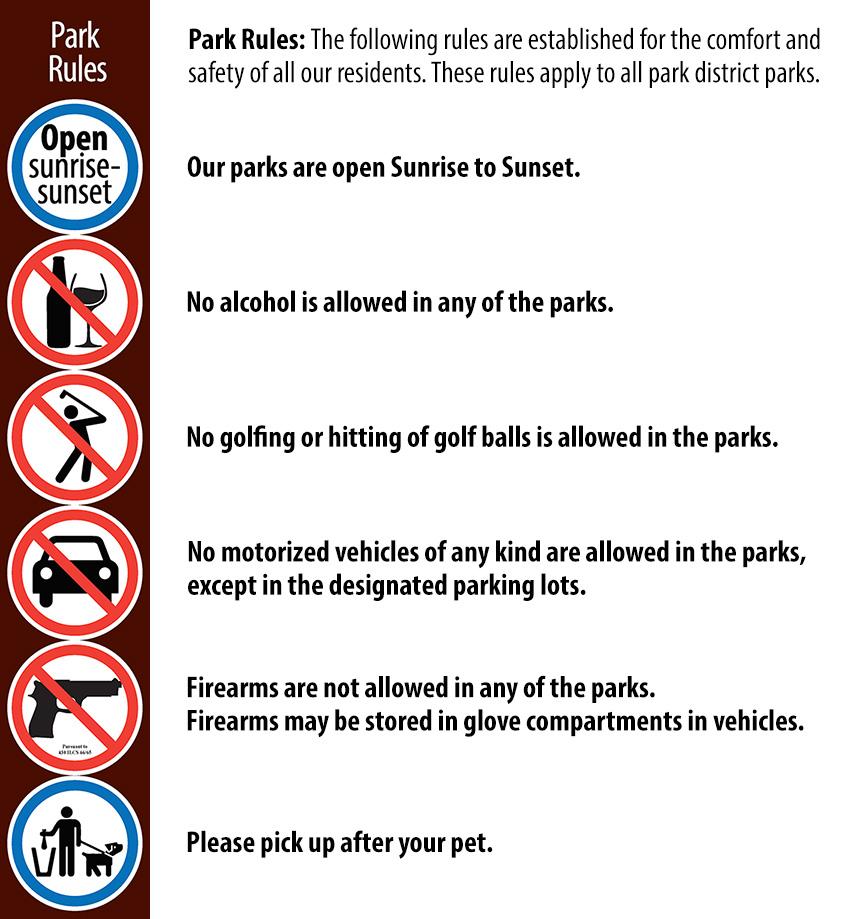Exploring the great outdoors with a furry friend by your side can be one of life’s most rewarding experiences. National parks, with their breathtaking landscapes and abundant wildlife, offer a perfect backdrop for such adventures. However, ensuring that these visits are enjoyable and safe for both pets and the environment requires a bit of preparation and mindfulness. In this guide, we’ll walk you through essential tips and guidelines for making your national park visits pet-friendly. Whether you’re a seasoned traveler or planning your first trip, our warm and instructive advice will help you and your pet enjoy the beauty of nature responsibly, fostering a harmonious experience for everyone involved.
Choosing the Right Park for Your Furry Friend
When planning a national park visit with your furry companion, it’s essential to select a location that accommodates both your needs and those of your pet. Consider the following factors to ensure a delightful experience for both of you:
- Pet Policies: Each park has its own rules regarding pets, so verify if dogs are allowed on trails, in campgrounds, or other specific areas.
- Park Facilities: Look for parks that offer pet-friendly amenities such as designated dog areas, waste disposal stations, and pet water fountains.
- Weather Conditions: Ensure the climate is suitable for your pet, avoiding extreme temperatures that could cause discomfort or health risks.
- Trail Difficulty: Choose trails that match your pet’s fitness level, ensuring the terrain and distance are manageable.
By carefully considering these aspects, you can make a well-informed decision that ensures a memorable and safe adventure for you and your four-legged friend. Prioritize parks that embrace a pet-friendly atmosphere while preserving the natural beauty that both you and your pet can enjoy.

Packing Essentials for a Safe and Enjoyable Adventure
Embarking on an adventure with your furry friend can be a rewarding experience, but ensuring you have the right gear is crucial for a safe and enjoyable journey. Preparation is key to making your visit to national parks smooth and memorable. Start with a sturdy, comfortable leash and harness that offers both security and freedom for your pet to explore the trails safely. Don’t forget a collapsible water bowl and plenty of fresh water to keep your pet hydrated, especially on longer hikes.
- First Aid Kit: A basic kit for both humans and pets can be a lifesaver. Include items like antiseptic wipes, bandages, and tweezers.
- Identification Tags: Ensure your pet wears a collar with an updated ID tag, and consider a microchip for added security.
- Pet Waste Bags: Maintaining cleanliness is essential. Carry biodegradable bags to clean up after your pet and leave no trace.
- Snacks and Treats: Keep your pet energized with healthy snacks. These can also serve as positive reinforcement during training moments.
By having these essentials, you’re not only safeguarding your pet’s well-being but also respecting the natural beauty of national parks, ensuring they remain welcoming to all visitors.

Understanding Park Rules to Keep Wildlife and Pets Safe
National parks are sanctuaries for both wildlife and visitors, offering a delicate balance of nature and recreation. To maintain this harmony, it’s essential to adhere to park rules designed to protect both native animals and your furry companions. Here are some guidelines to ensure a safe and enjoyable experience for everyone:
- Leash Regulations: Always keep your pet on a leash, typically no longer than six feet. This not only prevents unexpected wildlife encounters but also protects fragile ecosystems from being disturbed.
- Stay on Designated Trails: Veering off marked paths can lead to unintentional damage to habitats and increase the risk of encounters with wild animals.
- Pet Waste Disposal: Carry waste bags and dispose of them in designated trash bins. This simple act helps keep the park clean and minimizes the spread of disease.
- Respect Wildlife: Observe animals from a distance and never attempt to feed them. Feeding wildlife can alter their natural behaviors and make them dependent on human food.
By following these guidelines, you’re contributing to the preservation of the park’s natural beauty and ensuring that both wildlife and pets can coexist peacefully. Remember, your actions today can help maintain these treasured landscapes for future generations to enjoy.
Creating a Positive Experience for All Visitors
Ensuring that every visitor, including those with four-legged companions, enjoys their time in national parks requires thoughtful consideration and adherence to a few key practices. First and foremost, always keep your pets on a leash, no longer than six feet, to protect them from wildlife and other hazards, and to ensure the safety and comfort of fellow visitors. It’s also crucial to respect marked boundaries, as certain areas may be off-limits to pets to preserve delicate ecosystems or for the safety of both animals and visitors.
To foster a harmonious environment, pet owners should also focus on cleanliness and consideration. Remember to clean up after your pet; carrying biodegradable waste bags and disposing of them in designated receptacles is a simple yet impactful action. Additionally, be mindful of your pet’s behavior—constant barking or aggressive actions can disrupt the serene experience of the park for others. Consider these guidelines as steps toward creating a welcoming atmosphere for all, where both humans and pets can revel in the beauty of nature.
- Leash at all times: Keep pets leashed to ensure safety.
- Respect boundaries: Follow park rules and signage.
- Clean up: Use biodegradable bags for waste.
- Mind behavior: Prevent disturbances from your pet.

